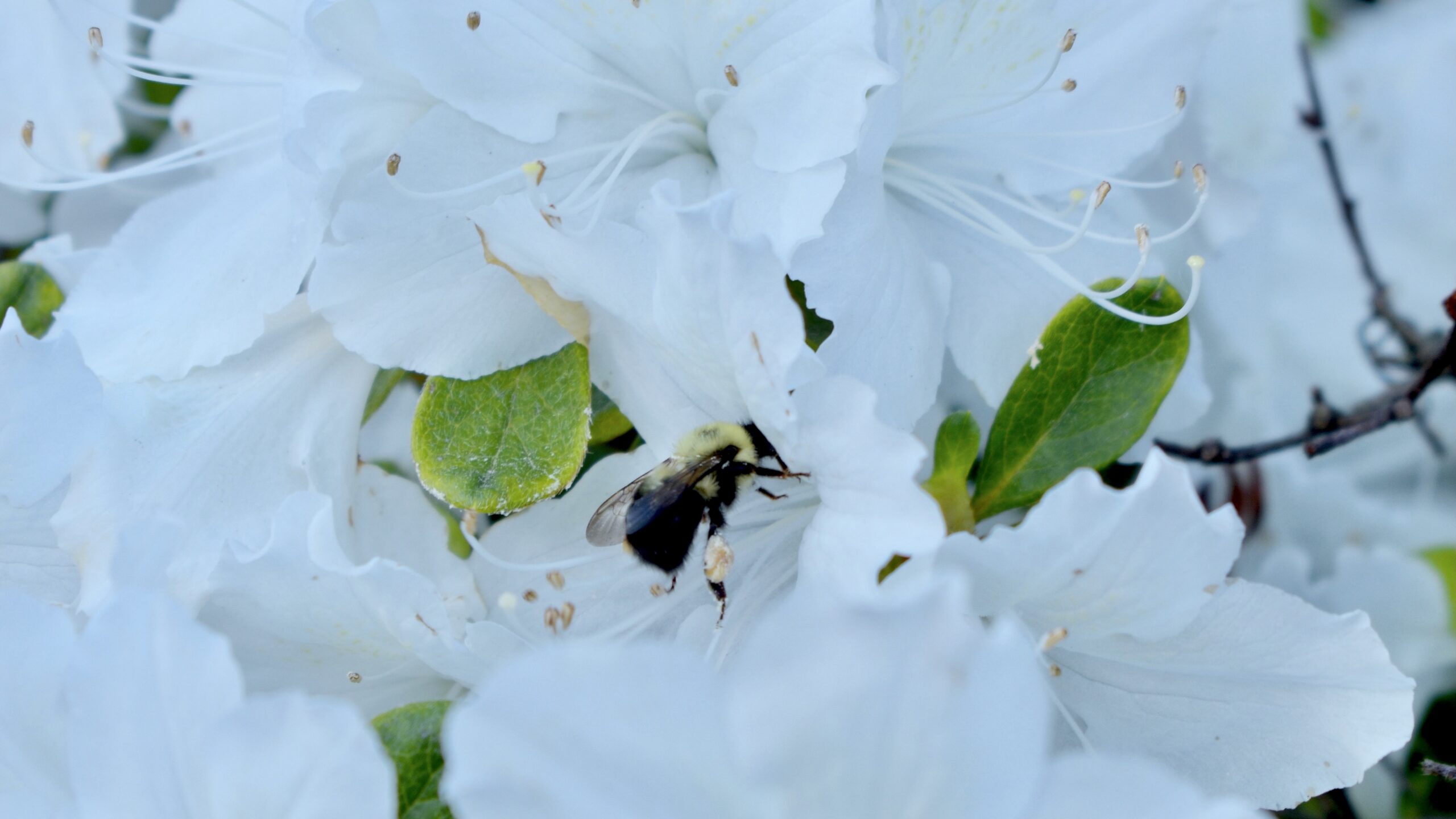
There are a multitude of ways to help out pollinator populations, ranging from minimal to comprehensive effort! Whomever you are, with whatever space you have to work with, there’s something you can do! We’ve compiled three great customizable projects to take a look at for any level of commitment you can extend towards this critically important cause!
- https://www.craftionary.net/diy-bug-hotels-material-instructions-to-attract-bugs/
- This site has 50 different ideas on how to create bug-friendly homes in your garden!
- https://www.buddhabeeapiary.com/blog/bee-watering-station
- This site shows you five nifty ways you can create watering stations for bees and other wildlife!
- https://joybileefarm.com/make-seed-bombs-recycled-paper/
- This site shows how to make paper mache seed bombs, fun for gifts and party favors!
If you’re ready to tackle something a little bit bigger, read on to the next section!
Planting a pollinator garden
If you have the time and space, planting a pollinator garden in your own yard is a great way to help bees, bugs, butterflies, birds, and other pollinators. Use one of our three garden designs or design your own with our comprehensive lists of plants to fit any spot! No yard? No problem! Check out our list of pollinator-friendly annuals to create your own small-space container garden! You can find all of our original lists and designs here!
Mapping Known Pollinator Gardens
Help out northern Addison County’s Mid-Champlain Valley Regional Conservation Partnership (MCV RCP), in their effort to map the locations of known existing pollinator gardens! Your entries are critical to furthering their research and work in creating connected pollinator pathways or corridors that provide habitat and continuous food supply for travelling insect and animal pollinators. Below is an attached video detailing exactly how you can submit your entry, as well as a map link, so you can participate as a citizen scientist!
Google Earth Pollinator Map
https://earth.google.com/earth/d/1iDvwbvY5JWn9nPiXF_6QnQzkwOvoGQg5?usp=sharing
Considerations when Supporting Pollinators
- Mix the flower structure types – some short and stout blooms, some long and tubular to support different pollinators.
- Provide staggered and continuous food for our pollinator friends as the seasons change.
- Include plants like milkweed, fennel and dill – the host plants that butterfly larvae feed on. (See more here!)